Accelerating the ripening of grapes
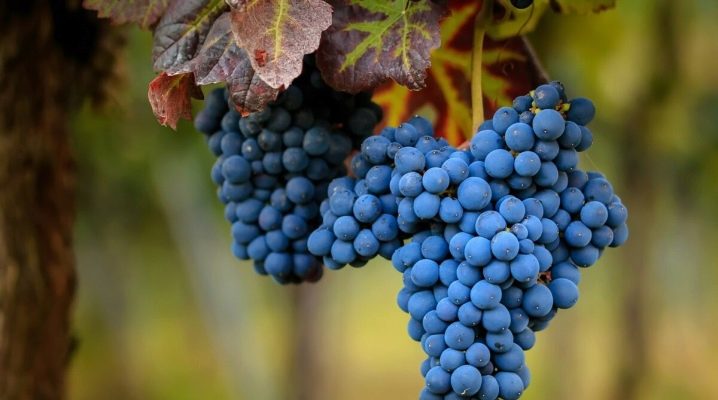
The ripening of grapes, like the fruits of any other berry crops, depends on the timely intervention of the person - the owner of the vineyard. And also it can be delayed - or impossible - due to excessive vagaries of the weather, the appearance of pathogens, improper and untimely care.

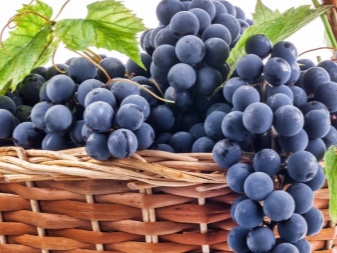
Standard ripening times
From the moment the primordial brushes appear - after the pollination of the inflorescences - the countdown of the days begins, during which the grapes gain weight (the fruits grow), and then they ripen. When ripe, the content of fructose and glucose increases, and the acidity characteristic of green unripe grapes decreases. When there is no acid left in the grapes by one percent, they are considered ripe.
Each variety has its own ripening period - from 95 to 135 days.
The “grape” sales season is from late July to early October. To ripen fully - to gain sugar - the fruits begin after slowing growth. In the Krasnodar Territory, for example, early varieties are grown: "SuperExtra", "Nastya" and so on - in the warmth of the South, the harvest ripens quickly.
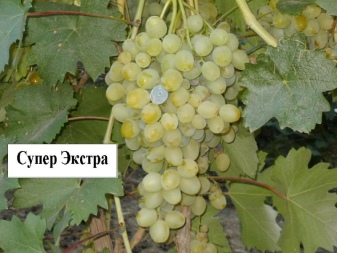
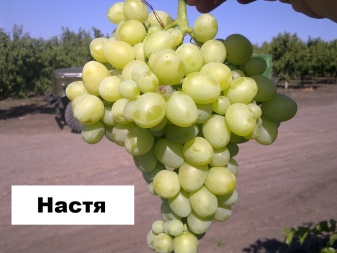
Factors pushing the deadline forward
Unripe grapes are distinguished by their taste - they are "like grass" and contain almost no sugar. There is no desire for it - it is barely sweet, which indicates a lack of sunlight and nutrients obtained from the soil. Late ripening of grapes is most often due to weather changes: a reduced number of sunny days in specific months, an abundance of rain. From excess moisture, the roots, receiving less oxygen - especially on a rammed trunk circle not dug up in the spring - will rot. The average monthly temperature below +20 will slow down the growth and ripening of grapes. With late spring and April, May night frosts, the harvest will not have time to ripen - or it will not be at all.
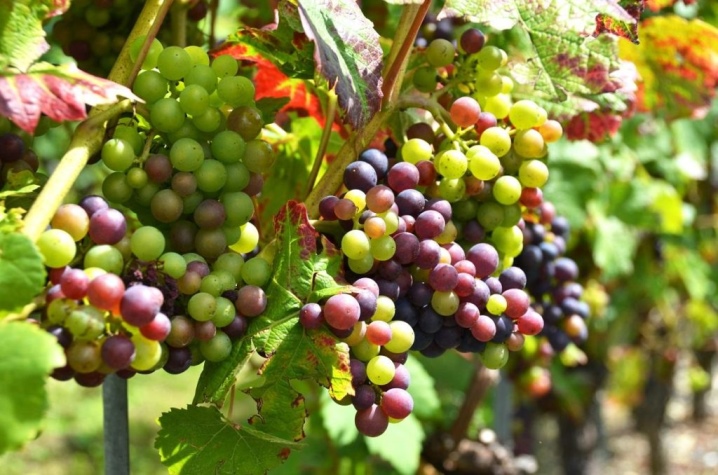
There are at least several diseases in grapes. They are caused by bacteria and spores that settle on shoots and leaves, "eating" them alive. A vine on which there are many affected areas (leaves "eaten" by spores, damaged bark and rotten wood in lignified areas, cobwebs and spider cocoons in bunches of grapes, etc.) will not yield a good harvest. With multiple lesions, the fruits will not begin to appear at all.
If you do not take action, resorting to folk remedies and "chemistry", the vine will die.
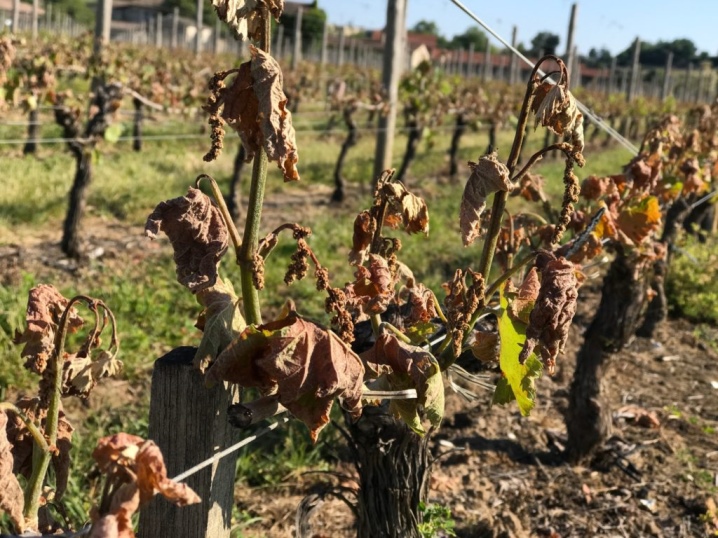
Too "heavy" earth that does not contain sand quickly settles, and the access of oxygen to the roots can be cut off, causing the bushes to weaken. You can correct this drawback when planting grapes: mix the earth with sand. Sand passes water and air well - and the earth will become lighter, more permeable. The grapes grow well on loamy sandy loam soil. In some cases, a deep hole is dug in the ground at the site of its planting, sand is mixed with peat and other fertilizers - and grape cuttings are covered with this composition. A small layer of removed black soil is placed on top so that the earth does not freeze.

If the soil in the near-trunk circles of the soil was dug up on time, fed with peelings of vegetables and fruits, mowed and weeded weeds, other vegetable "garbage", mulch, peat, if necessary - fertilizers based on potassium and magnesium, then it is enough to provide timely watering until mid-July ... Do not forget to loosen the soil - like the aboveground part of the plant, the roots also breathe, assimilating nitrogen and oxygen from the soil.
If the inexperienced owner of the vineyard forgot about leaving, and he grows chaotically, and the soil becomes poorer, then the harvest will become worse over time.
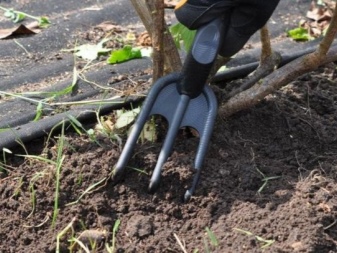

Basic techniques and operations
First of all, the soil needs to be loosened from time to time, and the vineyard needs to be watered. Do not overfill - excess moisture will cause the grapes to crack.
Having solved the issue of watering and loosening, provide the vines with timely root and foliar dressing. Peat, fruit and vegetable waste and all kinds of compost are suitable here.
Calculate the optimal number of grapes for each bush (or vine). The plant - each one individually - should not be overwhelmed. Too many brushes and branches on which it grows will lead to poor quality maturation. Some of the bunches are removed - up to half of those that have set - to allow the rest to ripen.
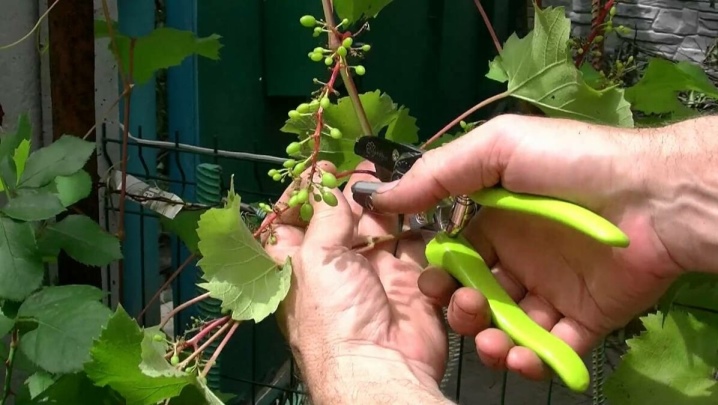
Remove leaves from the bottom of the vine that are no longer useful. Do the same with excess shoots when the growth of the vine or bush has stopped - the signal for this is the straightened top (the bent one continues to grow, and it is undesirable to remove it).
Too many branches should not be allowed to twist with each other, forming impassable "jungle" - the bunches of grapes, closed by them from the sun, will not ripen, because they are in the semi-darkness created by the green cover of plants.
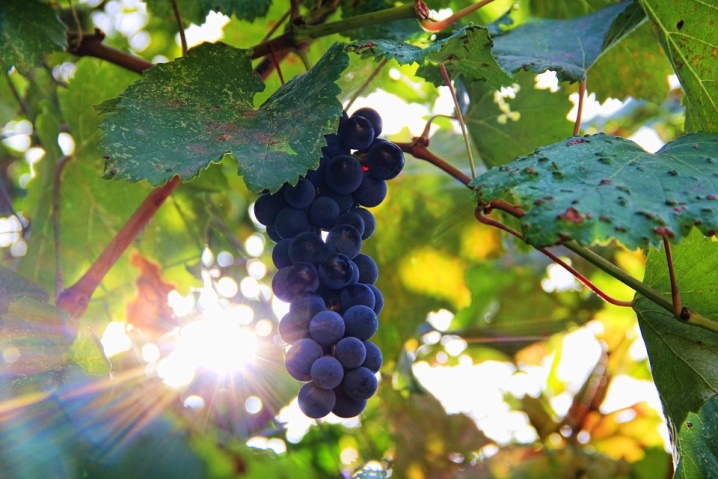
Other methods and use of drugs
In addition to the main formation of a vine or bush, there is also an auxiliary one. It consists in pinning - removing the so-called. stepchildren, or secondary offshoots, developing from last year's buds. The earlier the stepchildren are removed (preferably at the stage of conception), the more nutrients the main structure will receive: the main branches and the bush (or vine) itself, along with the bunches that have set, will grow faster, and the grapes will ripen earlier.
Patients, as well as bunches that have stopped ripening, are removed. Turn the brushes with the immature side towards the sun: 60 degrees, gradually.
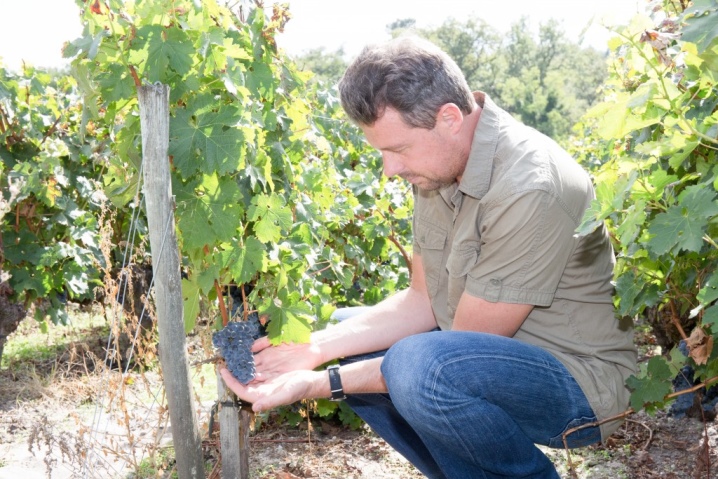
Residents of central Russia, the Urals District, where the summer is shorter, can additionally insulate the vineyard. This is achieved by covering the ground with black tiles and stones heated in the sun. After sunset, this stone gives off the accumulated heat for several hours, heating the soil under it. In this case, try to use early maturing varieties - they ripen faster.
Fertilizers based on potassium, magnesium and phosphorus are used as preparations. Phosphorus-containing compositions are referred to as foliar feeding. But other stimulants are also used, for example, ammonium molybdate.
Phosphorus and ammonium salts - these fertilizers are produced in the form of salt components - diluted in an amount of 10 g per bucket of water. Two weeks before the flowering of the grapes, foliar dressing is sprayed onto the leaves and rudimentary brush-buds, which have not yet blossomed. The best results can be achieved by distributing the product at sunset or just after it.

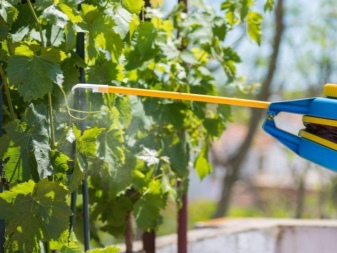
To stimulate the growth of new branches, tied bunches of grapes, you can perform banding - trimming a small strip of bark in the right place. The idea is that water with minerals dissolved in it moves up (from the roots) through the vessels of the wood, organic matter - down (from the tops) along the sieve tubes of the bast layer located between the primary bark and the wood. To cut off the path of organic substances back - and direct them to the growth of the branch, the latter is ringed.
Organic matter formed in the ringed branch is used to ripen the brushes located above the ringing mark.
Disadvantage - banding cannot be used on perennial branches, because due to a lack of organic matter, the lower part of the bush will be depleted, the roots will weaken, as a result of which the plant may die.
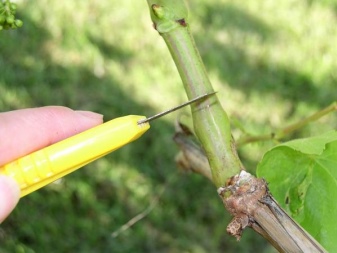
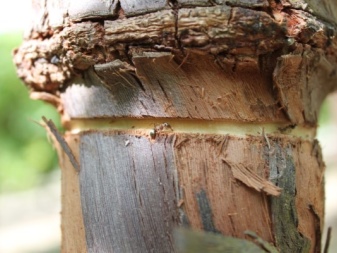
Advice
The grapes ripen, finally ripen when the gardener has taken into account all the interfering factors that hinder its development. In addition to taking the steps outlined above, the following tips will help him.
Do not choose varieties that are not suitable for your region and area in terms of climate and weather conditions. If you are a novice gardener, then try the varieties "Krasa Severa" or "Cosmonaut" or some others that are cold-resistant.

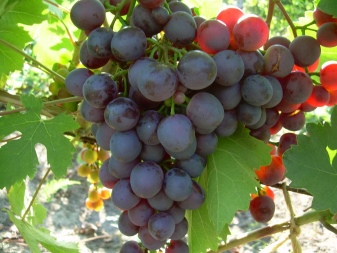
Don't let vineyard care take its course. Grapes require a glance at least once a day. Walk around your plantings every morning. If you notice something strange, take the appropriate action.
Do not apply fertilizers suitable for completely different horticultural and horticultural crops. For example, cherries have their own remedies for pests, compared to grapes, because pests differ from those of a vine or bush. Having purchased the necessary fertilizers and protective chemicals, follow the instructions for their use. Exceeding the dosage will create a supersaturation effect and destroy the plant, an insufficient dose will not work. In addition, use folk remedies - care should be comprehensive.

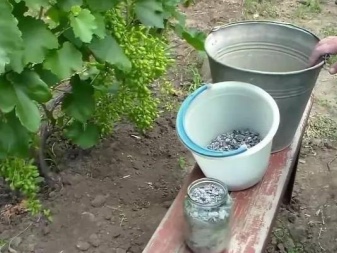
How to speed up the ripening of grapes, see below.













The comment was sent successfully.